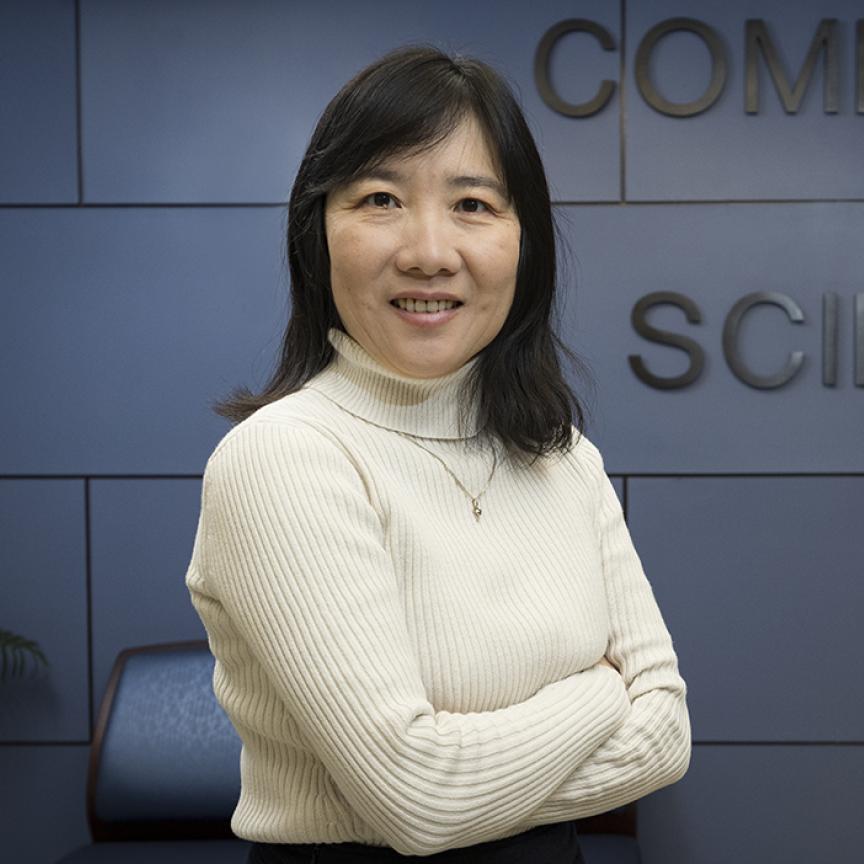The Department of Energy’s Lawrence Berkeley National Laboratory (Berkeley Lab) recently announced it had been awarded federal funding for a new building which will provide a new research centre to investigate how interactions among microbes, water, soil, and plants shape entire ecosystems. Research performed in the building could help address many of today’s energy, water, and food challenges.
BioEPIC (for Biological and Environmental Program Integration Center) would integrate research in the prediction of biological and environmental processes – from microbes to watersheds – now underway in the Lab’s Biosciences Area and Earth and Environmental Sciences Area. This includes the Ecosystems and Networks Integrated with Genes and Molecular Assemblies (ENIGMA) Scientific Focus Area, the Watershed Function Scientific Focus Area, the Terrestrial Ecosystems Science Scientific Focus Area(TES), and the Microbial Community Analysis and Functional Evaluation in Soils (m-CAFEs) project. These projects conduct research at field sites around the country (ENIGMA, Watershed, TES) and in controlled, fabricated laboratory ecosystems (m-CAFEs). The projects are supported by the Office of Biological and Environmental Research (BER) within DOE’s Office of Science.
'We are pleased that the Office of Biological and Environmental Research is entrusting us to develop the new capabilities needed to advance our understanding of these complex ecosystems, which will further our predictive understanding of biological-environmental processes across scales,' comments Berkeley Lab Director Mike Witherell.
BioEPIC has been developed to enhance this existing research through a suite of next-generation research tools now being developed that would dramatically improve scientists’ ability to conduct carefully controlled experiments on soil-microbe-plant interactions. These tools would include instruments and computing infrastructure to virtually connect BioEPIC to relevant field sites, enabling the rapid transfer of insights discovered under laboratory conditions to the sites’ dynamic environments.
One new research tool planned for BioEPIC would be an EcoPOD. About the size of a phone booth, EcoPODs are envisioned to allow scientists to study plants, microbes, soil, and air in a fully instrumented and contained miniature ecosystem.
Another component proposed for BioEPIC would be a SMART (Sensors at Mesoscale for Autonomous Remote Telemetry) soils testbed, which would enable the exploration of soil-microbe-plant interactions under controlled yet “realistic” conditions that include soil and plant variability and hydrogeochemical gradients.
At the other end of the environmental biology scale range, a new BER-funded cryo-electron microscopy resource in BioEPIC would enable researchers to interrogate microbial interactions at the atomic level.
Co-locating these capabilities in one building would enable researchers to quantify how microbes influence the environment and how the environment influences microbial processes, across scales – from molecules to ecosystems, and from seconds to years. In addition to scientific discoveries, these new capabilities could lead to entirely new ways to harness microbes for game-changing solutions. Examples include more efficient methods for improving soil and water quality, enhanced terrestrial carbon storage, better drought-tolerance in crops, and higher-yield plant precursors for biofuels.
The recent DOE approval, called Critical Decision 1, or CD-1, authorizes Berkeley Lab to begin preliminary architectural and engineering design work for BioEPIC, a proposed four-story, 72,000-square-foot laboratory and office building capable of housing approximately 200 scientists and visitors. BioEPIC is proposed to be located on a cleared lot that formerly held Berkeley Lab’s famed Bevatron particle accelerator. The building would be funded by the Office of Science’s Science Laboratories Infrastructure (SLI) Program.
BioEPIC research would benefit from the five DOE Office of Science User Facilities now located at Berkeley Lab: the Advanced Light Source (ALS), Molecular Foundry, National Energy Research Scientific Computing Center (NERSC), Energy Sciences Network (ESnet), and Joint Genome Institute (JGI).


